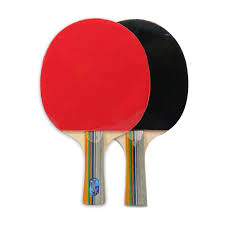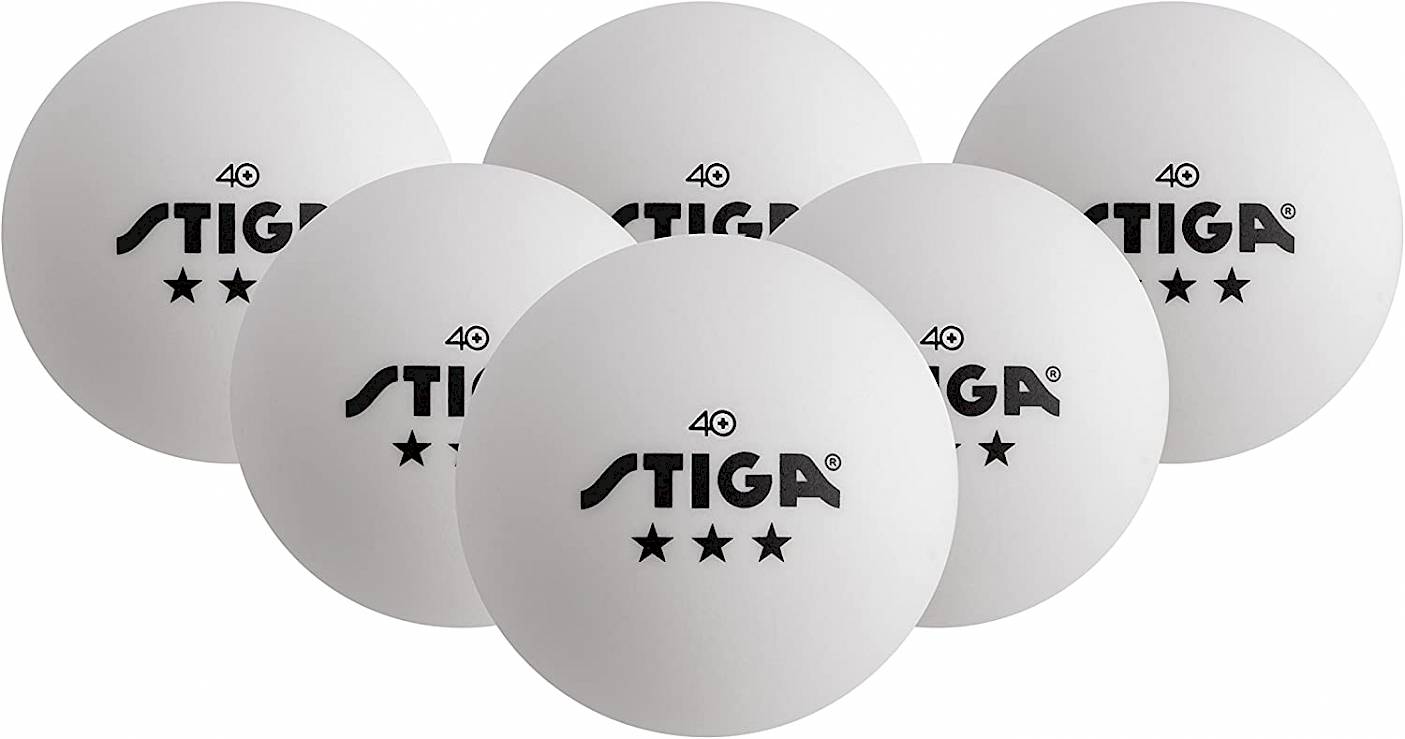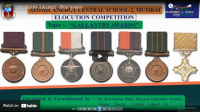Table Tennis
A little introduction about Table Tennis and how to play it.
INTRODUCTION :
- Table Tennis is popular indoor recreation game.
- It is played in singles, doubles and mixed doubles category.
- Table tennis, also known as ping-pong and whiff-whaff.
- The game was invented in England in the early days of the 20th century.
- The International Table Tennis Federation (ITTF), founded in 1926, is the world-governing body of the sport of table tennis.
- The Table Tennis Federation of India (TTFI), established in 1926, is the governing body for table tennis in India.
- Table tennis has been an Olympic sport since 1988.
SPECIFICATIONS :
- The Table :
- The upper surface of the table, known as the playing surface, shall be rectangular, 2.74m long and 1.525m wide, and shall lie in a horizontal plane 76cm above the floor.
- The table or playing surface is uniformly dark coloured [Green/Blue/Grey] and matte.

- The Racket :
- The racket may be of any size, shape or weight but the blade shall be flat and rigid and made of at least 85% natural wood. However you'll find that most rackets are all very similar in size - about 15cm across and 25cm long including the handle.
- Players are equipped with a laminated wooden racket The wooden portion of the racket, often referred to as the "blade".
- Table tennis regulations allow different surfaces on each side of the racket. The surface covering material shall be matt and bright red on one side and black on the other. Various types of surfaces provide various levels of spin or speed, and in some cases they nullify spin. For example, a player may have a rubber that provides much spin on one side of their racket [eg.Red Colour], and one that provides no spin on the other [eg.Black Colour]. By flipping the racket in play, different types of returns are possible.

- The Ball :

- The ball shall be spherical, with a diameter of 40mm.
- It shall be made of celluloid or similar plastics material, and shall be white or orange, and matt.
GENERAL RULES :
-
Service Rules :
- The racket hand is the hand carrying the racket.
- The free hand is the hand not carrying the racket.

- The service must start with the ball in an open palm of free hand.
- The ball must be tossed vertically upwards, without imparting spin, a minimum of 16 centimetres (6.3 inches) in the air and then falls without touching anything before being struck.
- As the ball is falling the server shall strike it so that, the ball must first bounce on his or her court and then touches directly the receiver's [opponents] court. The receiver(opponent) shall then make a return and thereafter server and receiver alternately shall each make a return.
- During a serve, if the ball hits the net and doesn’t make it to the other half of the table, the receiver is automatically awarded a point.
- During a rally, if the ball hits the net but still bounces on the opponent’s side of the table, the rally continues, but if the ball hits the net and doesn’t make it to the other half of the table, the receiver is automatically awarded a point.
- From the start of service until it is struck, the ball shall be above the level of the playing surface and behind the server's end line, and the server shall not hide it from the receiver or by anything, they wear.
- Service can be diagonal or in a straight line in singles.
- A rally is the period during which the ball is in play.
- The edges of the table are part of the legal table surface, but not the sides.
A GAME/GENERAL MATCH PLAY
- The first service is decided by lot, normally a coin toss. It is also common for one player or scorer to hide the ball in one or the other hand, usually hidden under the table, allowing the other player to guess which hand the ball is in. The correct guess gives the "winner" the option to choose to serve first, receive first, choose a side, or defer to the opponent.
- A player have two serves before it is your opponent’s turn to serve twice.
- A game shall be won by the player first scoring 11 points unless both players score 10 points. At 10-10, it’s deuce [tie break]; you get one service each [serve alternately] and must win by two clear points.
- Matches shall consist of an odd number of games (Usually 3, 5 or 7). After each game players shall switch sides of the table.
- A let (Replayed/Second Service) is called if :
- During a serve, if the ball hits the net but still bounces on the opponent’s side of the table.
- The receiver isn’t ready (and doesn’t try to hit the ball).
- If play is disturbed by something outside of the players’ control.
- A point is lost if :
- The service is missed.
- The service is not returned.
- A shot goes into the net.
- A shot goes off the table without touching the court.
- A player moves the table, touches the net or touches the table with their free hand during play.
- If an opponent obstructs the ball;
- If an opponent deliberately strikes the ball twice in succession;
- If an opponent strikes the ball with a side of the racket blade.
FUNDAMENTAL SKILLS
- GRIP : There are two methods of gripping a racket - Pen Hold Grip and Shake Hand Grip

- PROPER STANCE [POSTURE] :

- SERVICES :
- Fore Hand Service

- Back Hand Service

- BASIC DRIVES
- Forehand drive :

- Back Hand Drive :

HEALTH BENEFITS :
- Improves hand-eye coordination
- Improves reflexes
- Strengthens joints
- It burns calories
- It's a social sport
- It keeps your brain sharp
- It improves balance
- Strengthens core muscles, upper and lower body
- keeps heart strong and healthy
FAMOUS PLAYERS
- Arjuna Award : The Arjuna Awards are given by the Ministry of Youth Affairs and Sports, Government of India to recognize outstanding achievement in sports.
- NATIONAL : Sharath Kamal [Arjuna Award-2004], Manika Batra [Arjuna Award-2018], Sathiyan Gnanasekaran [Arjuna Award-2018]
- INTERNATIONAL : Ma Long (China), Xu Xin (China), Wang Liqin (China)
IMPORTANT CUPS AND TROPHIES
- NATIONAL : Barna-Bellack Cup (Men), Jayalakshmi Cup (Women)
- INTERNATIONAL : Swaythling Cup (Men), Corbillon Cup (Women)





